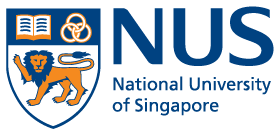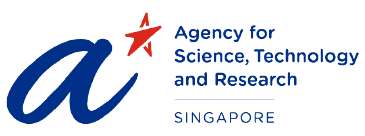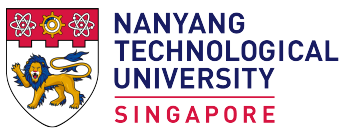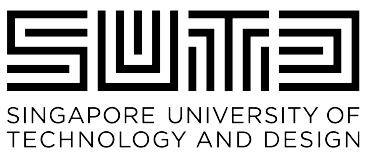With growing global interest in the commercial potential of quantum technologies, from the precision sensors of today to the quantum computers of the future, we aim to deliver value from our research. The Centre for Quantum Technologies is recognised as a world-class research centre in its field. With some 180 research staff and students, we offer a critical mass of expertise. We welcome contact from industry or government to:
Be informed
How can your business or operations stay relevant as quantum technologies mature? Quantum computing has seen significant progress recently. It could open up new opportunities for industry, but at the same time could threaten current public key encryption systems. Quantum cryptography holds the promise to secure information against this threat. Many other application of quantum technology may be relevant in areas of precision sensing, generating random numbers and accurate clocks.
Engage with us
We welcome partnerships with industry as research collaborators or as technology partners to expand the frontier of quantum research and technologies. If you're looking for downstream applications that you can leverage on, CQT has a number of spin-off companies commercializing quantum technologies and a pool of intellectual property available for licencing. Engage with us or our spin-off companies for an exploratory discussion.
Hire from us
CQT trains its researchers and students to a high standard. We have created a core of people who could staff technology businesses. To encourage innovation, businesses also need to employ active problem solvers - and there's no doubt that doing research at CQT develops such skills. Talk to us if you're interested in hiring.
Examples of our activities
-
 Industry workshopsCQT can organise customised workshops on practical quantum technologies for government agencies and private businesses. CQT is also offering training workshops open for general sign-up through our partnership with SGInnovate. Contact us to enquire.
Industry workshopsCQT can organise customised workshops on practical quantum technologies for government agencies and private businesses. CQT is also offering training workshops open for general sign-up through our partnership with SGInnovate. Contact us to enquire. -
 ExhibitionCQT exhibits at selected conferences to build awareness of quantum technologies and the expertise in Singapore with key audiences. We have participated in conferences including Supercomputing Asia, GovWare and the Global Space and Technology Convention.
ExhibitionCQT exhibits at selected conferences to build awareness of quantum technologies and the expertise in Singapore with key audiences. We have participated in conferences including Supercomputing Asia, GovWare and the Global Space and Technology Convention. -
 CollaborationWe work with commercial and government partners to pursue the translation of quantum research discoveries towards commercial products. Examples include work on quantum key distribution in the NUS-Singtel Corporate Lab and with the Infocomm Media Development Authority.
CollaborationWe work with commercial and government partners to pursue the translation of quantum research discoveries towards commercial products. Examples include work on quantum key distribution in the NUS-Singtel Corporate Lab and with the Infocomm Media Development Authority. -
 Expert speakersCQT researchers have participated as invited speakers at industry events on topics ranging from the development of quantum algorithms to satellites for quantum communication. Event organisers are welcome to approach us for speaker recommendations.
Expert speakersCQT researchers have participated as invited speakers at industry events on topics ranging from the development of quantum algorithms to satellites for quantum communication. Event organisers are welcome to approach us for speaker recommendations. -
 Quantum hardwareThe Centre's experimental scientists have designed and built devices including fast quantum random number generators and rugged sources of entangled photon pairs. Some IP and know-how is licensed to CQT spin-offs.
Quantum hardwareThe Centre's experimental scientists have designed and built devices including fast quantum random number generators and rugged sources of entangled photon pairs. Some IP and know-how is licensed to CQT spin-offs.
Contact us
CQT hosts visits to discuss your interest and conducts customised workshops to inform your organisation about disruptive trends in quantum technologies. Business or agencies interested in collaborating with CQT or learning more about CQT research can contact members of our Industry Relations team.






